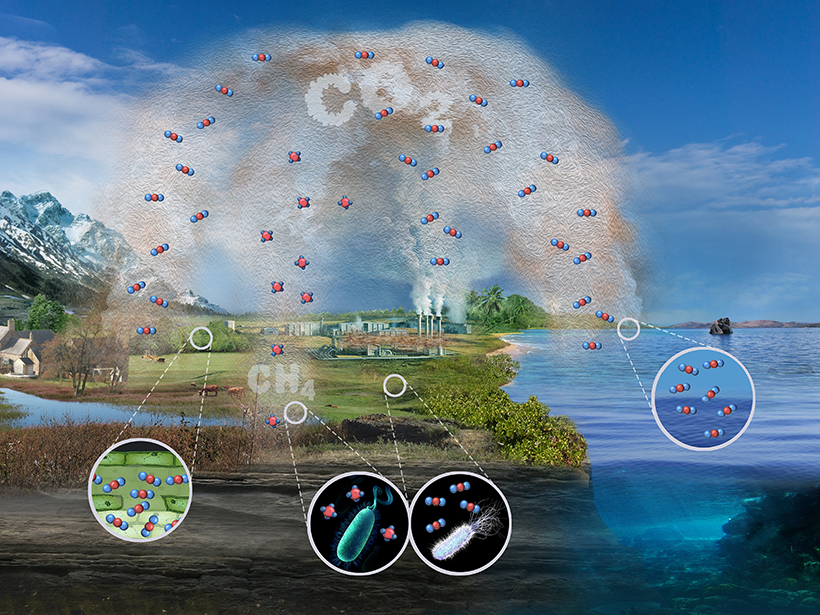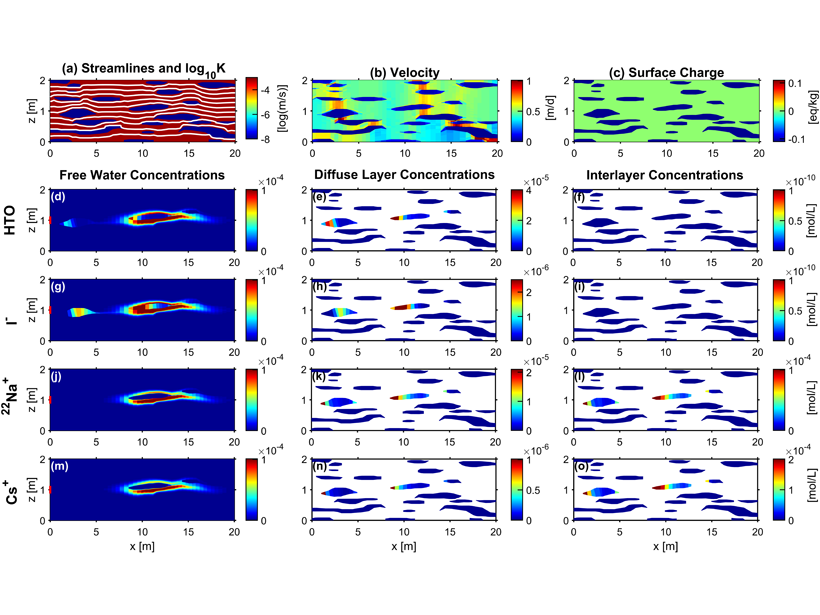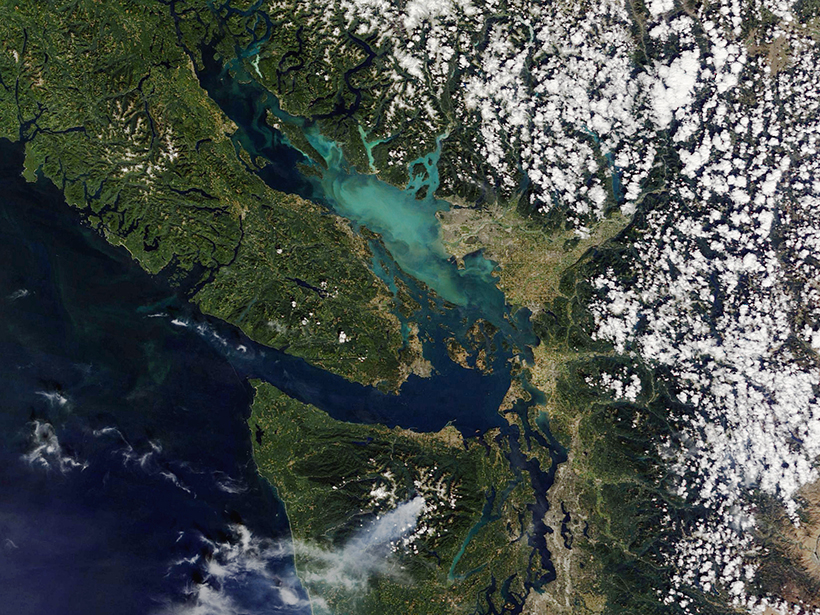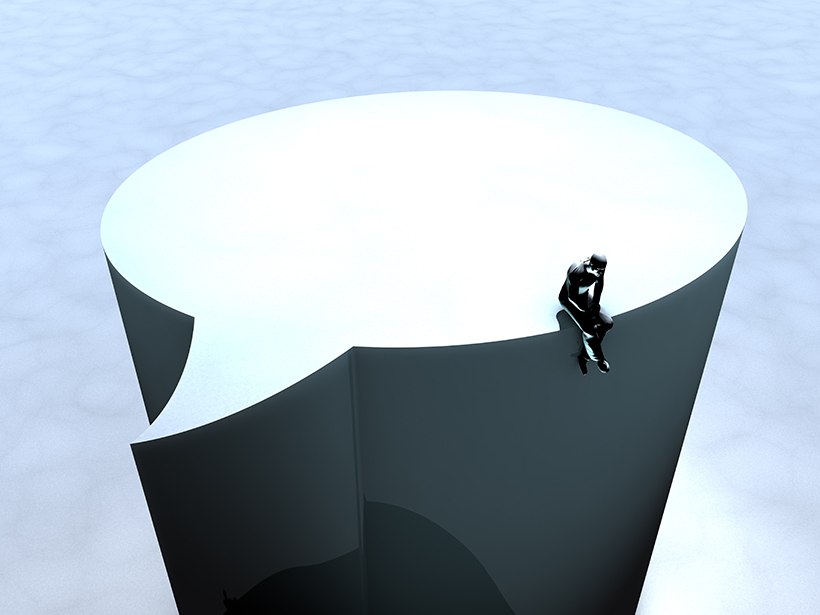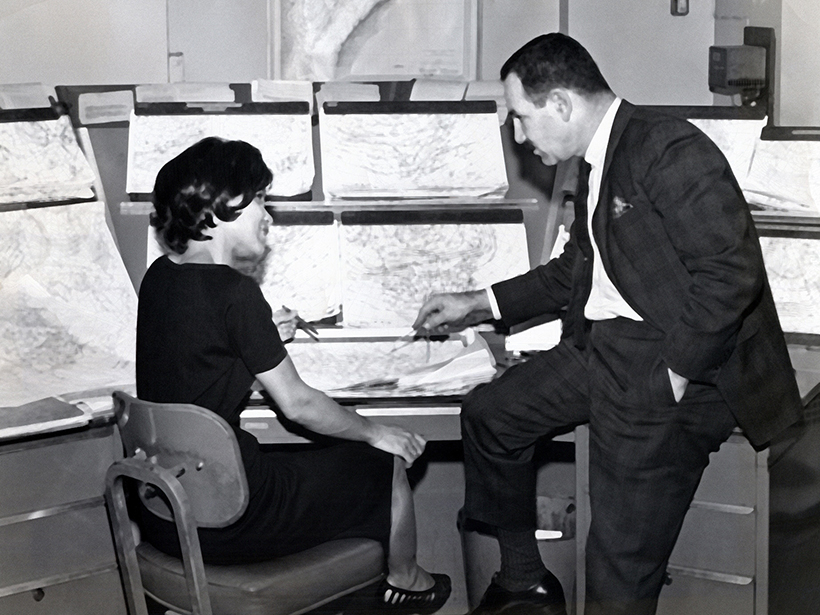The tiny fireball that flew over Japan in 2017 came from an asteroid that could threaten Earth in 10 million years or so. Scientists are trying to use these little meteors to hunt larger objects.
CC BY-NC-ND 2020
The Future of the Carbon Cycle in a Changing Climate
Surface and space-based observations, field experiments, and models all contribute to our evolving understanding of the ways that Earth’s many systems absorb and release carbon.
Modeling Transport and Charge Effects in Heterogeneous Media
Simulation of charged species reactive transport in complex physically and electrostatically heterogeneous porous media is possible with a multiple continua approach coupled to a geochemical code.
Edmond Dewan, Citizen Science, and the Mystery of Ball Lightning
In the early 1960s, a physicist enlisted the help of the public to study a rare atmospheric phenomenon.
Does This Fossil Reveal a Jurassic Tropical Freeze?
On view for over a century, a fossil slab may display evidence of tropical freezing during the Jurassic, but scientists never noticed it—until one finally did. Some colleagues are not convinced.
Fluid Pressure Changes Grease Cascadia’s Slow Aseismic Earthquakes
Twenty-five years’ worth of data allows scientists to suss out subtle signals deep in subduction zones.
River Ice Is Disappearing
Over the past 3 decades, the persistence of river ice has decreased by almost a week. The decrease in ice has important implications for ecology, climate, and the economy.
Don’t @ Me: What Happened When Climate Skeptics Misused My Work
A student who saw his climate research misrepresented in online forums shares the experience, as well as lessons learned and recommendations for how to counter efforts to distort climate science.
June Bacon-Bercey: Pioneering Meteorologist and Passionate Supporter of Science
Bacon-Bercey redefined the role of the television meteorologist, blazing trails for African Americans and endowing an AGU scholarship for women studying atmospheric science.


